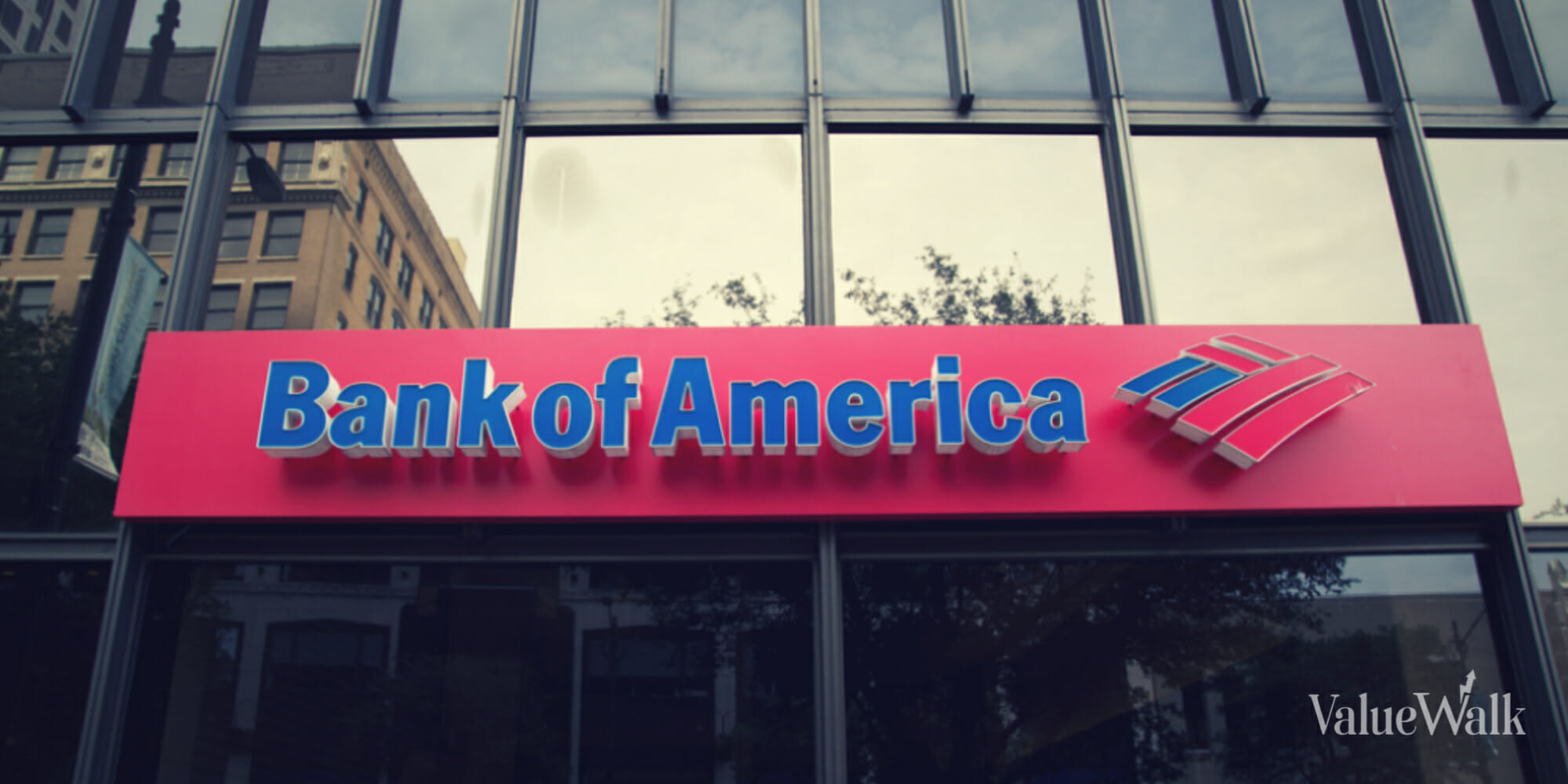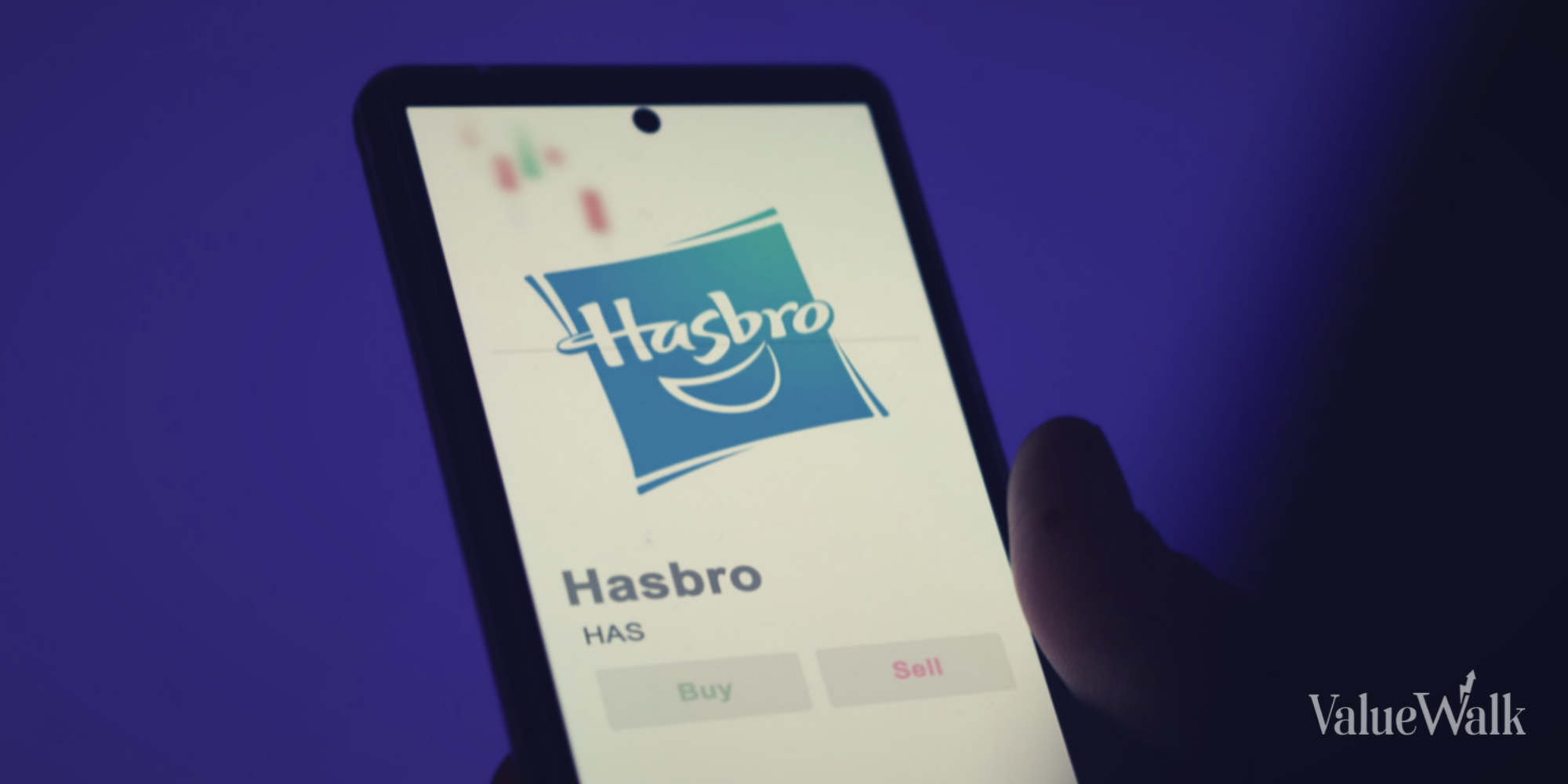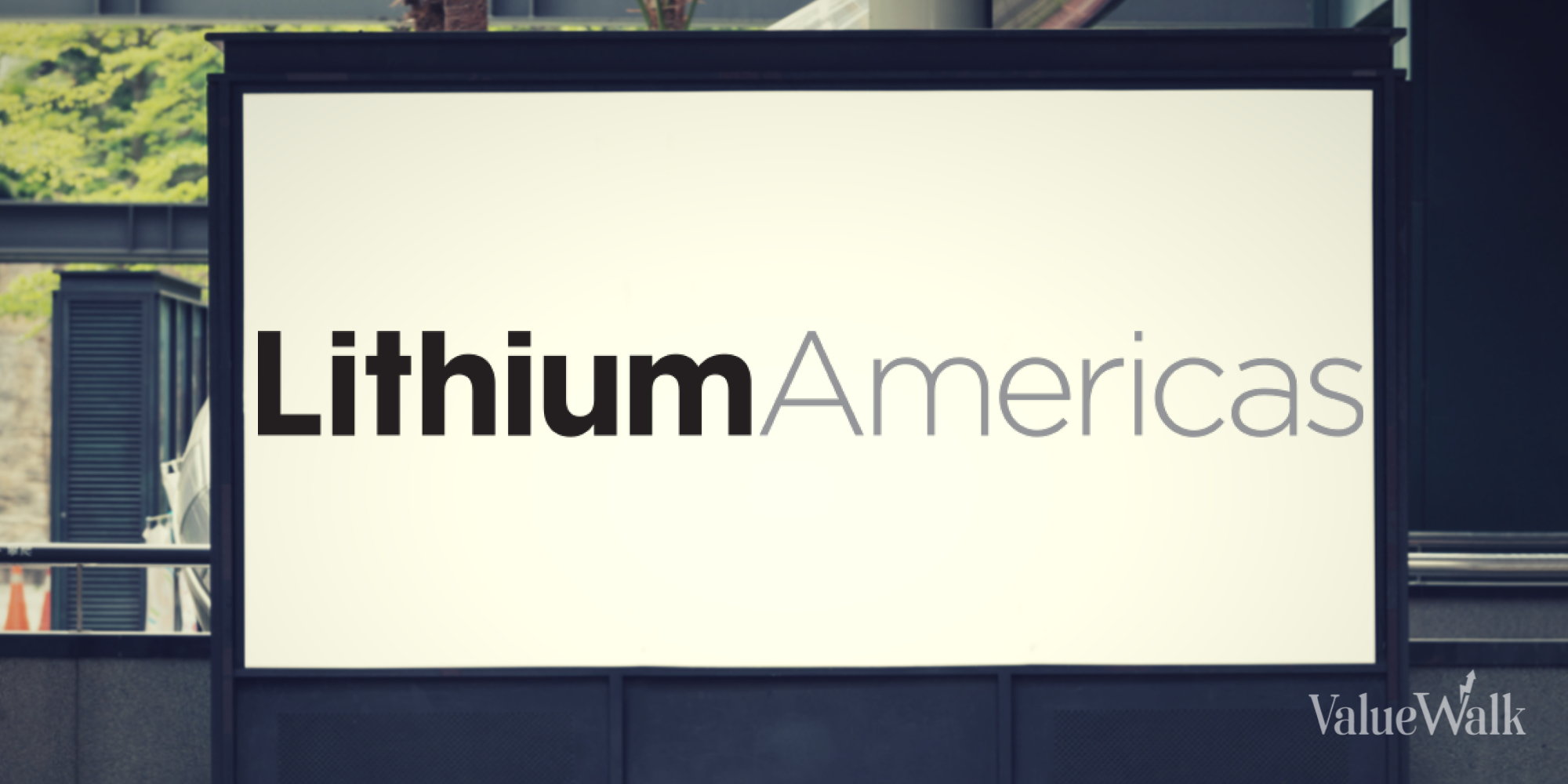Among the nation’s four national mega-banks, Bank of America (NYSE:BAC) has been the worst performer this year, down by about 16% year to date. That’s not typical for Bank of America though because over the last decade, it has been one of the best, most efficient banks in the country alongside JPMorgan Chase (NYSE:JPM).
However, JPMorgan Chase has significantly outperformed Bank of America this year, as has Wells Fargo (NYSE:WFC) and Citigroup (NYSE:C). As a result, Bank of America is now solidly in value-stock territory after its drop, but is it a buy — or a value trap? Let’s take a closer look.
Some bumps in the road
It has been a difficult year for banks. While large, diversified banks have navigated the banking crisis better than small, regional banks, they have had to deal with a weak market for investment banking. There has also been negative investor sentiment toward banks, stemming from the crisis that led to three major banks going under this past spring.
However, Bank of America has had other issues that have caused it to underperform its peers. In particular, the bank got hit with $150 million in fines from the Consumer Financial Protection Bureau (CFPB) and the Office of the Comptroller of the Currency (OCC) in July. The firm was charged with “double-dipping” on overdraft fees, withholding reward bonuses to credit card customers, and “misappropriating sensitive personal information to open accounts without customer knowledge or authorization.”
It was also revealed that Bank of America has higher unrealized bond losses than its competitors, at about $130 billion, due to the crash in long-term bond prices. These are paper losses, but they will force the bank to hold the underperforming bonds to maturity to avoid being forced to actually take them. Unfortunately, the issue also comes with an opportunity cost of not being able to use those assets to generate higher-yielding returns elsewhere.
With all that said, the nation’s second-biggest bank had a solid third quarter. Its revenue increased 3% year over year to $25 billion, and its net income climbed 10% to $7.8 billion or 90 cents per diluted share. Loans were up 1% year over year, while net interest income surged 4% on higher rates and loan growth. Non-interest income also rose $51 million to $10.8 billion on increases in trading revenue and asset-management fees. Even investment-banking revenue was up 2% year over year.
However, the stock market dropped in the weeks that followed, mainly due to geopolitical concerns and a rise in the 10-year Treasury yield to over 5% — the highest level since 2007. Elevated Treasury yields, which are the effective annual interest rate the federal government pays on its debt, could slow down the economy and lead to a recession or something other than the soft landing the Fed is hoping for. Banks are cyclical, so another recession or slowdown would be less than ideal, as it leads to a slowdown in borrowing and lending.
However, the market breathed a proverbial sigh of relief in late October when the Federal Reserve paused rate hikes for the second straight meeting. It also boosted the market overall, and Bank of America has seen its stock price jump almost 10% since Oct. 27.
A solid value
A silver lining in all of this for investors considering buying shares of Bank of America is that its valuation has plummeted. The bank’s price-to-earnings (P/E) ratio of 7.71 has not been this low in more than a decade, including right after the pandemic hit in 2020 when it fell to 7.96. It is also trading below book value, with a price-to-book ratio of 0.84. These indicators put Bank of America firmly in value-stock territory.
Bank of America has historically been a good bet, and it has long been Warren Buffett’s second-largest holding, which says something. Its fortunes will largely be tied to where the economy goes, so a soft landing with rates eventually starting to tick downward would be a good outcome for Bank of America.
These recent issues aside, I still think it’s the second-best-run big bank behind JPMorgan Chase, and at this historically cheap valuation, it seems like a good time to consider it.
Disclaimer: All investments involve risk. In no way should this article be taken as investment advice or constitute responsibility for investment gains or losses. The information in this report should not be relied upon for investment decisions. All investors must conduct their own due diligence and consult their own investment advisors in making trading decisions.





